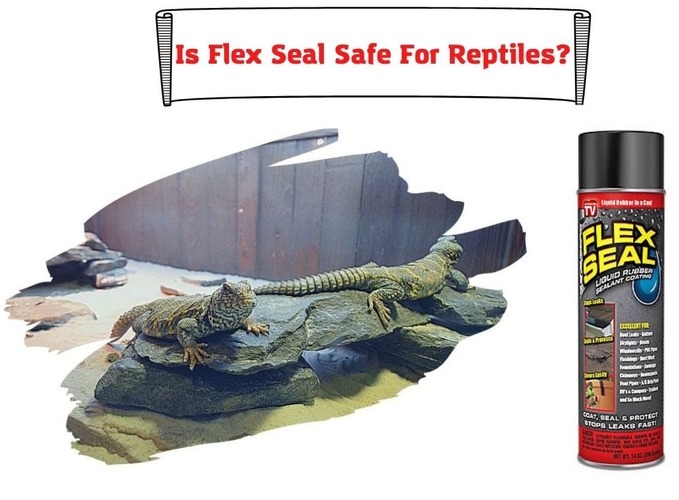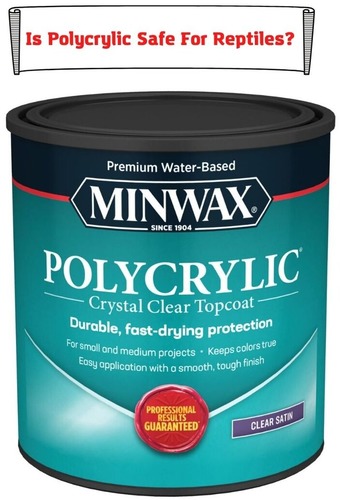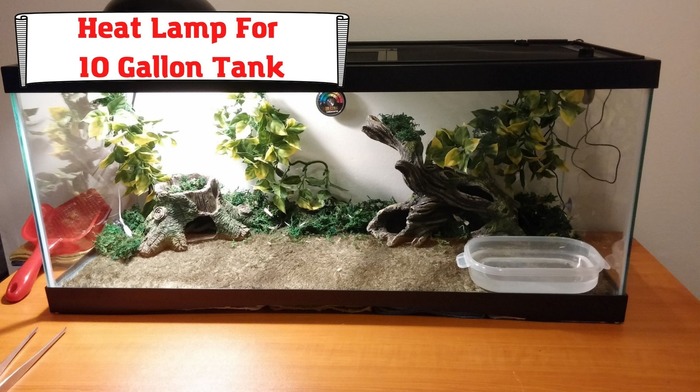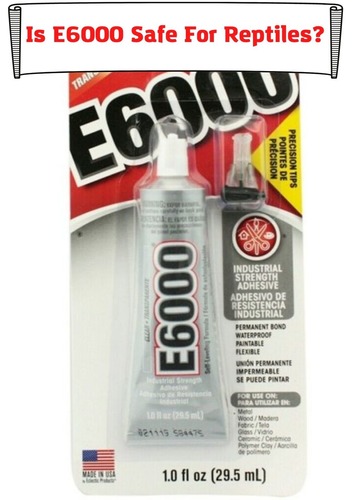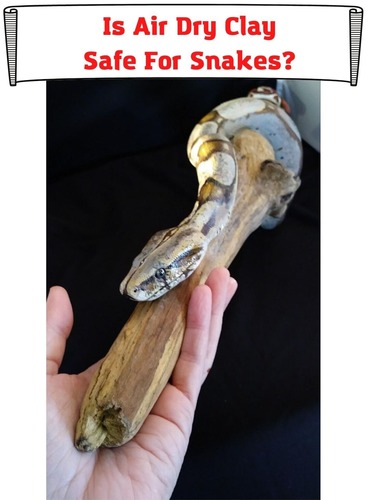
Like many other reptiles, Snakes have an instinct to hide in dark holes. They find dark openings indulging and hide as a natural behavioral pattern. So you may wonder, “Is air dry clay safe for snakes?” when contemplating your options for hides in your snake enclosure.
This article discusses the safety of air-dry clay as an option for building snakes hides.
We’ll discuss the following topics:
- what air dry clay is
- whether it is safe for your snake
- the types of air-dry clay to help you choose a good hide for your snake
- a comparison of other inviting options.
What Is Air Dry Clay?
Air-dry clay is a modeling substance that hardens and dries just by sitting out. It usually becomes strong just by being left to dry. It is usually produced from a mixture of materials like paper fibers and adhesives. It differs from other types of clay and shaping or molding materials because it dries without any unique equipment to complete it.
It differs from regular clay in terms of the process of hardening. Regular clay becomes waterproof only after firing in a hot kiln. It is usually finished with a sheen which must be fired in a hot kiln. But air dry clay is porous. It is not water-resistant and should not be fired in a hot kiln. It dries and hardens over time with exposure to air.
Is Air Dry Clay Safe For Snakes?
Air-dry clay is safe for your snakes. It is usually made of natural materials for most parts. Items used to make air dry clay typically include dry components such as corn starch, salt, flour, baking soda, sand, paper mache clay, water, etc. Unlike harmful materials with a high level of volatile organic compounds that emit life-threatening and toxic fumes, air dry clay is safe for your snakes.
Air-dry clay is easy to manipulate when modeling the snake hides. It usually hardens by exposure to air and starts to dry off at room temperature within 24 hours. It may take up to a week for it to dry off completely.
What Are the Types of Air Dry Clay to Choose from?
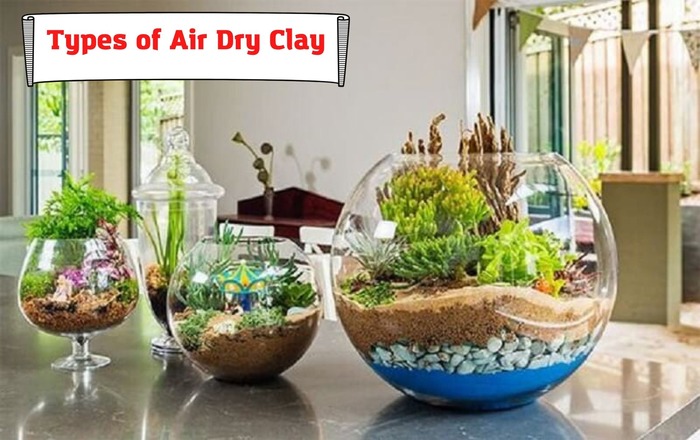
Selecting the appropriate clay type depends on your initiative and the project’s specifics. Each type of air-dry clay features distinct ingredients, dry period, textures, and strength when hard. They are highlighted below for you to make a sound decision.
Earthen
Earthen clay is the most regular and straightforward air dry clay type. It contains iron and other minerals from plants, animals, and soil. It is naturally made, non-toxic, and easy to mold when wet. Although this clay type is stickier than the others, it is easy to work with once you know what you are doing.
Earthen clay is similar to low-temperature kiln-fired earthen clay, but it lacks the durability feature of the latter.
Paper-Based
Paper-Based clay combines a clay body (like earthenware or terra cotta) and processed paper or any cellulose fiber. The inclusion of the paper decreases the weight of your project, enhances the joining capabilities of the clay, and reduces warping.
Paper-based clay makes room for your project to go through wet-to-dry joins and dry-to-dry joins. Also, it enhances the success of your project by reducing the possibility of shrinkage when drying.
Epoxy Two-Part Mixed-Base
Epoxy clay is a two-in-one delight – a resin and a hardener. You have to mix these two components thoroughly for a successful outcome properly.
This clay type takes about two hours to harden, after which you can make no changes to the structure. It is rock solid when it dries, making it one of the perfect choices to construct a unique hide for your pet snake.
Choosing Options For Hides
Snakes have an instinct that makes them prefer to be unnoticed by probable predators. There are numerous hides available on the internet.
The choice you make should be one that does not pose any threat to the health or life of the snake. Although some materials may look pleasing because they worked well for other reptiles or because they have impressive characteristics, the comparison below will help you make a sound and informed choice.
What Other Great Alternatives for Safe Hide Materials Are Available?
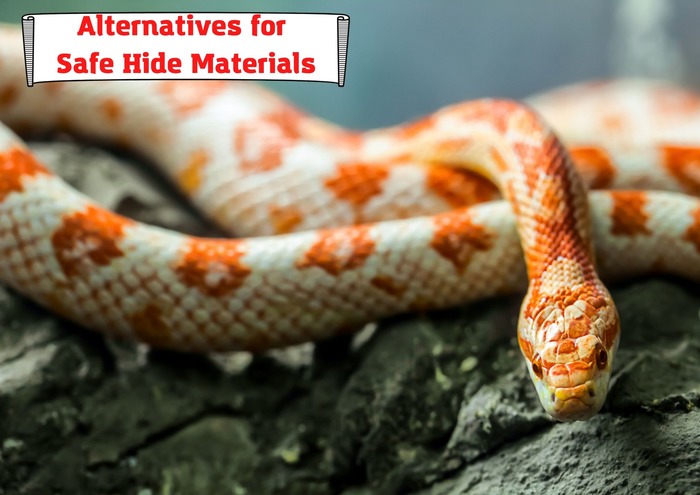
Polymer Clay
Polymer clays are an inexpensive form of modeling clay that comes in different colors. They are pretty malleable at room temperature and can be shaped into great hides. They become hard after baking in an oven at low heat, tempting you to take them as a great choice for snake hides.
But these clays are not advisable for snake hides and for good reasons. These clays contain a mixture of polyvinyl chloride, popularly known as PVC and phthalate plasticizers. When polymer clay is overheated enough or accidentally burns, the polyvinyl chloride will break down and release toxic hydrochloric acid gas. Using polymer clays could have serious damage to your snake’s health because of the thermal impact of your heat system. Whether you use a heating pad or a heat lamp, your snake will be susceptible to the toxic fumes of the broken-down polyvinyl chloride.
Air-dry clay beats this choice for two reasons. First, you don’t have to go through the stress of applying heat to harden the hide material with air-dry clay. Exposure to air is enough.
Second, unlike air-dry clays, polymer clays pose health risks for your snakes.
Styrofoam
Styrofoam is a great material for building reptile hides. Many reptile owners have had success with it. But it may not work as well for snakes as it does for other reptiles. Although the danger of accidentally swallowing pieces of styrofoam that may have been scratched off is low with snakes, the material may make it difficult for you to control the amount of heat the snake is getting. Styrofoams are insulative, which means the heat lamp’s heat will hardly reach the snake. This can have dire consequences as the snake may begin to experience stress.
If you opt for the heat pad instead of a heat lamp to avoid that problem, you’d be risking another problem. The heat pad could burn your styrofoam from underneath and cost you more than the snake, the hide, and the enclosure. Even if you can prevent the fire, the result of burning styrofoam could hamper the health of your snake. When styrofoam burns, it releases toxic chemicals and smoke, which may cause respiratory problems for your snake. This choice may be good for other reptiles but is too risky for a snake hide.
Terracotta Clay
Terracotta clay is another great option to be considered. Terracotta clay is extracted from the earth, dug up from the ground, and processed. It may be enhanced with a mixture of other raw minerals. The clay must be fired to make it moisture resistant after being shaped into the hide design you want.
During the firing process, the glass-forming ingredients in the clay, like silica and others, melt to fill up the spaces between the clay particles. This firing process is what makes the terracotta hide resistant to water.
Adverts mixing names of air-dry clay with terracotta clay may confuse you. The difference is that air-dry clay does not need to be fired before it cures. Mere exposure to air is all that is needed for it to cure. But terracotta clay, often used by potters and commonly referred to as ceramic clay, must be fired to make it moistures resistant and hard enough to be used as a snake hide.
While this option may seem natural and preferred, the price and availability of the terracotta clay compared to the air dry clay leaves air dry clay as a better option. Also, the need to fire the terracotta clay after the troubles of sourcing and modeling the hide makes air-dry clay a better option.
Plastic reptile hide
Plastic hides are typically plastic boxes that are shaped into hides. They are usually thick with a smooth finishing on the outside and inside to make cleaning easy. They seldom come with doors, and they make a great hide for your snakes. They give your snake a sense of security and also help it reduce stress while in captivity.
The bad side of these plastic hides is that they are prefabricated. Getting a plastic hide that fits your snake’s needs may be difficult as the market offers may either be too big or too small. The advantage of air-dry clay is seen here. With air-dry clay, all you have to do is shape it to your desired size and patterns to give the snake a sense of security and territory.
Final Thoughts
Air-dry clay is safe for your snake. It is non-toxic and dries naturally without heat – kilning or baking. Once dry, it hardens and can last for a long time as long as it is properly done. It can be painted with watercolors to mimic a natural hide. Its availability also makes it a great choice. What option are you choosing?
- Dubia Roach Egg Sack: How To Understand if It’s Healthy? - January 2, 2023
- How To Feed African Dwarf Frog While on Vacation? - December 26, 2022
- Baytril for Bearded Dragon: Here’s What You Should Know - December 19, 2022
